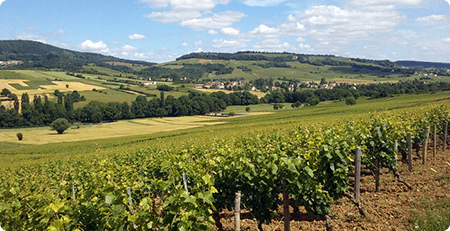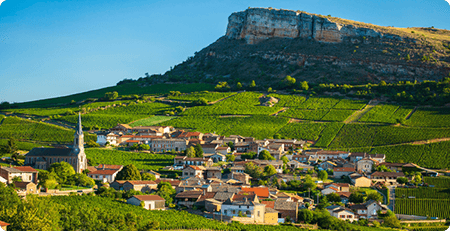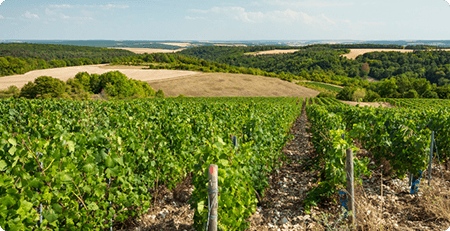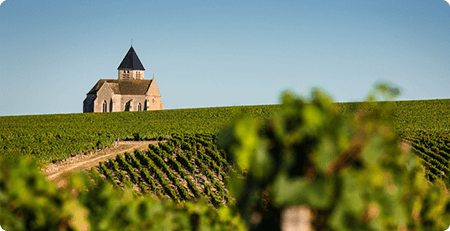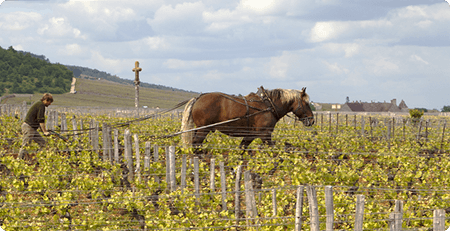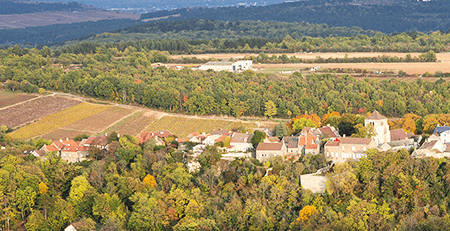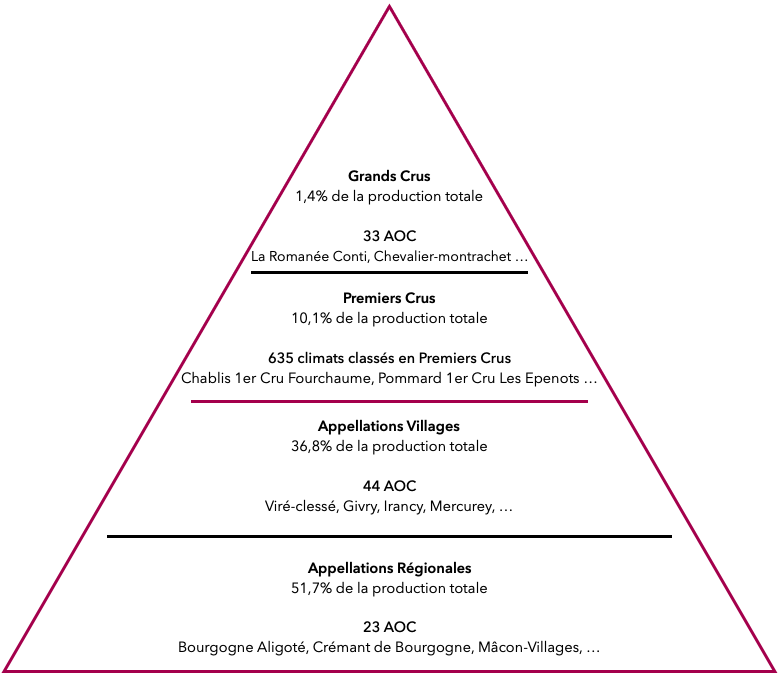Burgundy Wine
Appellations
Although relatively small in surface area and volume (only 3% of wine production in France), wine-growing Burgundy offers some of the most famous wines in the world and above all a very great diversity.
Burgundy has 100 different appellations grouped into 6 geographical regions.
All wine regions
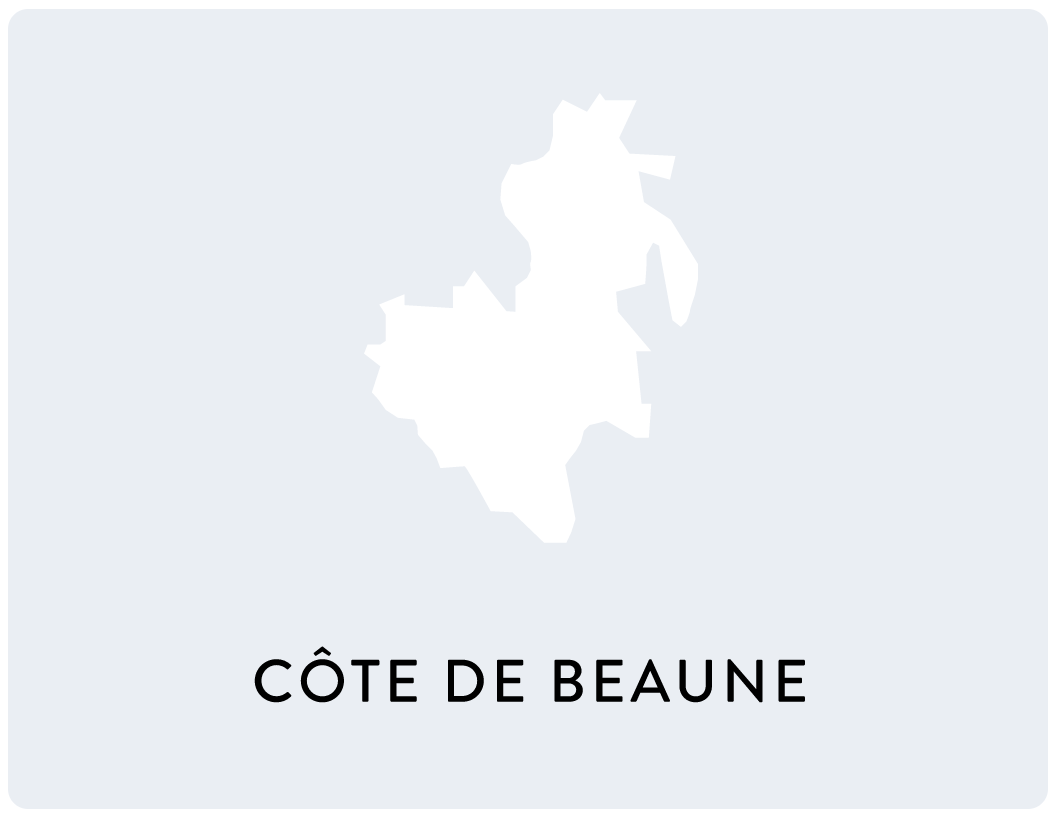
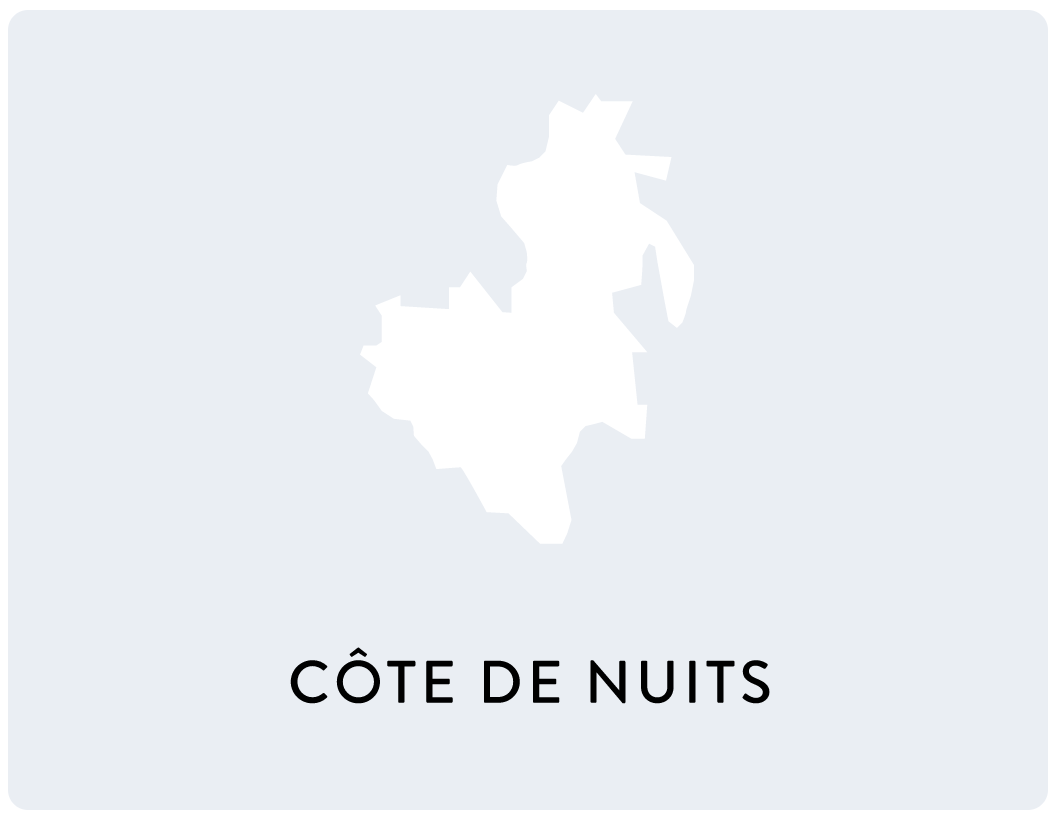

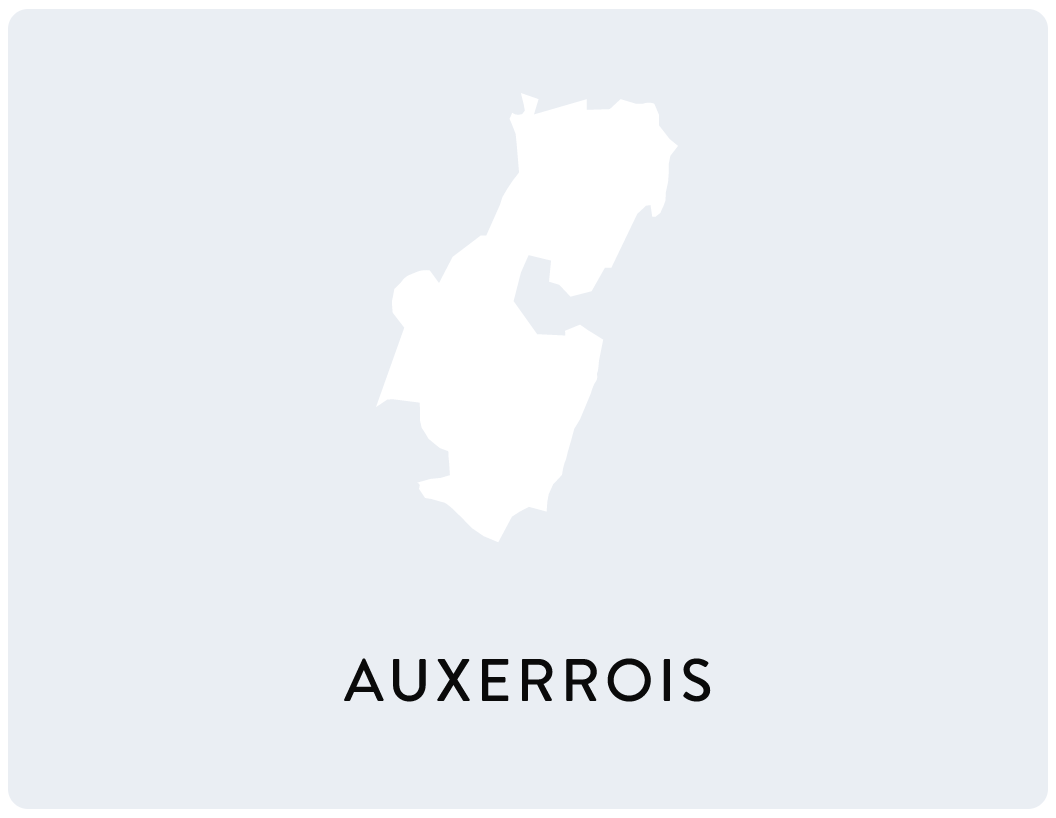

a favorable climate
At the crossroads, mainly continental climate but influenced by the ocean towards Auxerre and the Mediterranean in the South.
a unique geology
The wine regions are structured according to their own geological lines ... but some vines have a unique geology !
2000 YEARS OF HISTORY
The know-how of Burgundy winegrowers has been passed down from generation to generation for many centuries.
THE 6 WINE-GROWING REGIONS OF BURGUNDY
Côte Chalonnaise
Balance between Whites and Reds
Mâconnais
The kingdom of Chardonnay
Châtillonnais
Sparkling Burgundy
Chablis & Grand Auxerrois
Mineral whites ... among others
Côte de Nuits
Great reds of Burgundy
Côte de Beaune
In the heart of wine-growing Burgundy
Burgundian appellations
It was in 1861 that it all began ...
Good news, it is at this time when the Committee of Agriculture of the district of Beaune draws up a plan of the vineyards producing the great wines, classified separately by commune. But unfortunately we had to wait until 1930 for the courts to comply with these indications. This classification highlights the different Burgundy wines :
* the premier crus for their bouquet, their finesse and their storage time
* the second cuvées include vines less favored by soil, exposure, slope and altitude
* the third cuvées refer to the vines which are placed at the extreme limit of good climates, which makes it possible to appreciate delicate wines with good aging potential
=> The vines producing the gamay grape and other ordinary grape varieties were not classified.
Today this classification is updated and we see that some current grands crus were considered as second or third cuvée in 1861 ...
This hierarchy is based on the notion of origin, the importance of the terroir and the quality of the wine.
The great diversity of natural conditions in Burgundy allows for a wide variety of appellations, each with its own unique character and personality. This is the real wealth of this wine region.
Burgundian appellations
The term "appellation" appears in the 1930s ... hence the establishment of the "pyramid of appellations", still in force today. At the time, it allowed :
-> firstly to fight against counterfeits * (in order to recognize and protect Burgundy wine products)
-> secondly to organize the wine trade
* The law of August 1, 1905 repressed "deceptions or attempted deceptions on the nature, quality, species, origin and denomination of goods".
On July 30, 1935, the National Institute of Appellations of Origin (INAO) was created.
Here is what the INAO claims :
-> at the national level "an appellation of origin constitutes the name of a country, region or locality used to designate a product originating there and whose quality or characteristics are due to the geographical environment, including natural and human factors ".
-> once the AOC in France has been allocated, there is a request for registration at European level as a PDO (Protected Designation of Origin), which allows them to be protected throughout the 'European Union.
Its role is to delimit the different production areas which have the right to the appellation and to determine their production conditions (developed just below).
For each appellation are described :
- the category (regional appellation, communal appellation or grand cru appellation)
- production villages
- the list of climates classified as Premier Cru
- the color and the grape variety (s)
- the area in production
- the minimum alcoholic degree (this corresponds to the volume content of natural grape sugar expressed as a percentage)
- the maximum alcoholic degree (this corresponds to the volume richness after chaptalisation of the must * expressed as a percentage)
- the cultivation process
- the maximum yield per hectare
- the average annual harvest
- the character of the wines (AOC wines have visual, olfactory and gustatory qualities specific to each one, they are established by the Interprofessional Bureau of Burgundy Wines with the help of the wine unions of the appellations concerned)
* the chaptalisation of the must corresponds to the addition of sugar, the objective being to increase the alcohol level of the wine
Let's talk about the great Burgundian pyramid
In Burgundy there are 100 protected appellations of origin divided into 4 levels :
The Grands Crus of Burgundy are at the top of the hierarchy since they have the best exposure, the most favorable microclimates and terroirs delimited with extreme precision. They are big names known internationally.
The qualitative level and the consistency of the characters of these wines make it possible to distinguish them from other appellations. Some have enjoyed high fame for ages !
These Grands Crus of controlled origin are designated by the only name of the climate such as :
Bâtard-Montrachet (White)
Bienvenues-Bâtard-Montrachet (White)
Bonnes-Mares (red)
Chablis Grand Cru (White)
Chambertin (red)
Chambertin-Clos de Bèze (red)
Chapelle-Chambertin (red)
Charlemagne (White)
Charmes-Chambertin (red)
Chevalier-Montrachet (White)
Clos des Lambrays (red)
Clos de la Roche (red)
Clos Saint-Denis (red)
Clos de Tart (red)
Clos de Vougeot (red)
Corton (White and red)
Corton-Charlemagne (White)
Criots-Bâtard-Montrachet (White)
Echezeaux (red)
Grands Echezeaux (red)
Griotte-Chambertin (red)
La Grande Rue (red)
La Tâche (red)
Latricières-Chambertin (red)
Montrachet (White)
Musigny (White and red)
Richebourg (red)
(La) Romanée (red)
Romanée-Conti (red)
Romanée-Saint-Vincent (red)
Ruchottes-Chambertin (red)
Many Burgundy vineyards offer Premier Crus but very few claim one or more of the 33 Grand Crus appellations. It is a great privilege to be part of it !
✖ Be careful not to confuse the name of the grand cru with the name of the village, here are some examples :
CHAMBERTIN (grand cru) => Gevrey-Chambertin (wine village)
MUSIGNY (grand cru) => Chambolle-Musigny (wine village)
CORTON (grand cru) => Aloxe-Corton (wine village)
MONTRACHET (grand cru) => Puligny-Montrachet or Chassagne-Montrachet (wine villages)
On the label, the Grand Cru mention must be written immediately below the name of the appellation, the character dimensions of which are at most equal to two thirds of those of the characters used for the name of the appellation.
=> An exception for the Chablis Grand Cru, it has only one and the same appellation but it has 7 climates which are classified as grand cru. The name of the climat must therefore be preceded by the name of the appellation.
Here is the list of these 7 climates :
 Blanchot
Blanchot
Bougros
Les Clos
Grenouilles
Les Preuses
Valmur
Vaudésir
•
The first growths of Burgundy are found below the grands crus but they remain great wines as well. Each bottle is followed by the name of the plot.
The majority of municipalities have several very varied premier crus.
On the label, the names of the premiers crus can be written in several ways :
* or placed after the municipal designation and in characters whose dimensions (both in height and width) must not exceed those of the designation
* or printed as before with, in addition, the mention : Premier Cru
* or replaced by the only mention : Premier Cru. In this case, this generally means that the wine comes from the assembly of several premier crus of the same appellation.
•
The villages or municipal appellations of Burgundy correspond to the name of the village where the plot is located.
Here are some examples classified by vineyard :
* Chablis, Petit Chablis, Irancy, Saint Bris in the vineyards of Chablis and Grand Auxerrois
* Marsannay, Morey-Saint-Denis, Nuits-Saint-Georges in the vineyards of the Côte de Nuits and Hautes-Côtes de Nuits
* Pernand-Vergelesses, Beaune, Meursault in the vineyards of the Côte de Beaune and Hautes-Côtes de Beaune
* Bouzeron, Rully, Mercurey, Givry, Montagny in the vineyards of the Côte Chalonnaise and Couchois
* Saint-Véran, Pouilly-Fuissé, Pouilly-Vinzelles, Pouilly-Loché in the vineyards of Mâconnais
•
The regional appellations of Burgundy are positioned at the bottom of the pyramid, they are produced on all or part of the region's wine-growing territory. Its production area is the largest and its harvest is the most important.
There are several regional appellations with different characteristics, such as :
- the grape variety (Bourgogne Aligoté : Aligoté grape variety, Bourgogne Passe-Tout-Grains : Pinot Noir and Gamay grape varieties)
- the production method (Crémant de Bourgogne : traditional method)
- the production region (Mâcon : Mâconnais, Burgundy Hautes-Côtes de Beaune : Hinterland of Beaune, Burgundy Côtes d'Auxerre : Auxerrois)
- the production commune (in Auxerrois : Bourgogne Chitry, Bourgogne Epineuil)
- the locality or the production climate (in the department of Côte d'Or, Bourgogne Le Chapitre : commune of Chenôve and in the department of Yonne, Burgundy Côte Saint-Jacques : commune of Joigny)
Note : Grands Crus, Premier Crus and Communal appellations are produced in a village while regional appellations are produced throughout or in part of the region.
This pyramidal organization is the same within the six wine regions in Burgundy :
- Chablis and the great Auxerrois
- The Côte de Nuits
- The Côte de Beaune
- The Côte Chalonnaise
- The Mâconnais
- The Châtillonnais
Each appellation is defined by strict specifications validated by decree, the higher up in the classification the more demanding the specifications are. Controls are meticulous and constant.
What are these criteria ?
Here are a few examples :
- the geographical delimitation (the more prestigious the appellation, the more limited its lands)
- the composition of the soil
- size
- altitude
- the exhibition
- the alcoholic strength by volume (the higher the quality of the wine, the higher its alcoholic strength)
- the yield (it is expressed in hectolitre per hectare, the higher the wine is in the classification the more this figure drops)
- the grape varieties (only those which appear in the specifications are authorized)
- production conditions
- the spaces between the vines
✖ Without forgetting the human work which is essential to the development of the vines, the winegrowers only produce great wines if they are up to the task !
Several factors favor the quality of these bottles, such as :
- breeding
- soil balance
- the terroir (all the vineyards of Burgundy are located on hillsides with varied orientations, of limestone nature)
- control of yields
- the quality of the plant material
Let's talk about localities and "climates" in Burgundy
Each appellation is delimited according to its locality and its "climate" in Burgundy.
=> The locality is the official administrative subdivision identifiable on the land register, it indicates a piece of land in Burgundy, its name recalls a topographical or historical particularity.
=> The "climate" designates the plots of land in Burgundy (they are precisely delimited). This word takes into account the know-how of the winegrowers, the geological characteristics and the particular exposures. A climate may not appear on a cadastre, it may also group together several localities.
The mention climat on the wine label is a guarantee of quality specific to its terroir (it is characterized by its soils, its specific grape varieties and the work of passionate winegrowers). In addition, it brings value whether for a regional, municipal, premier cru or grand cru appellation.

